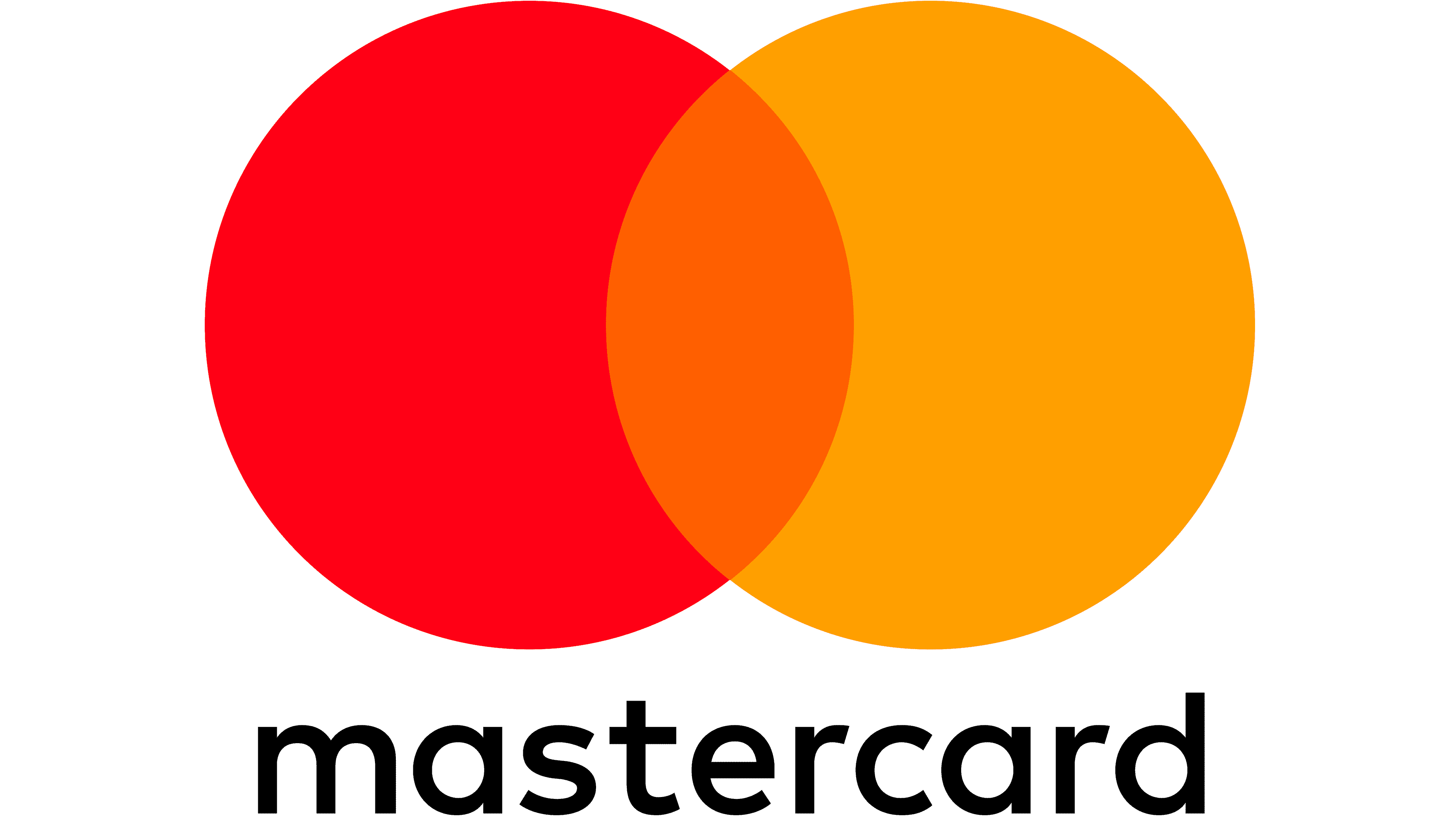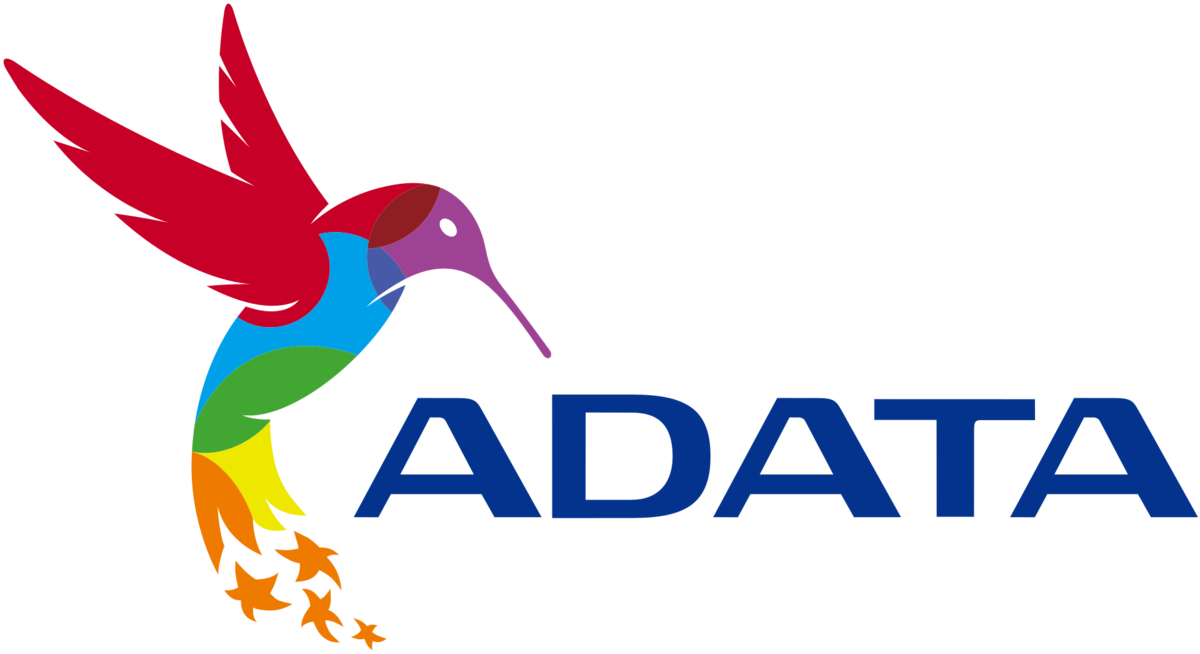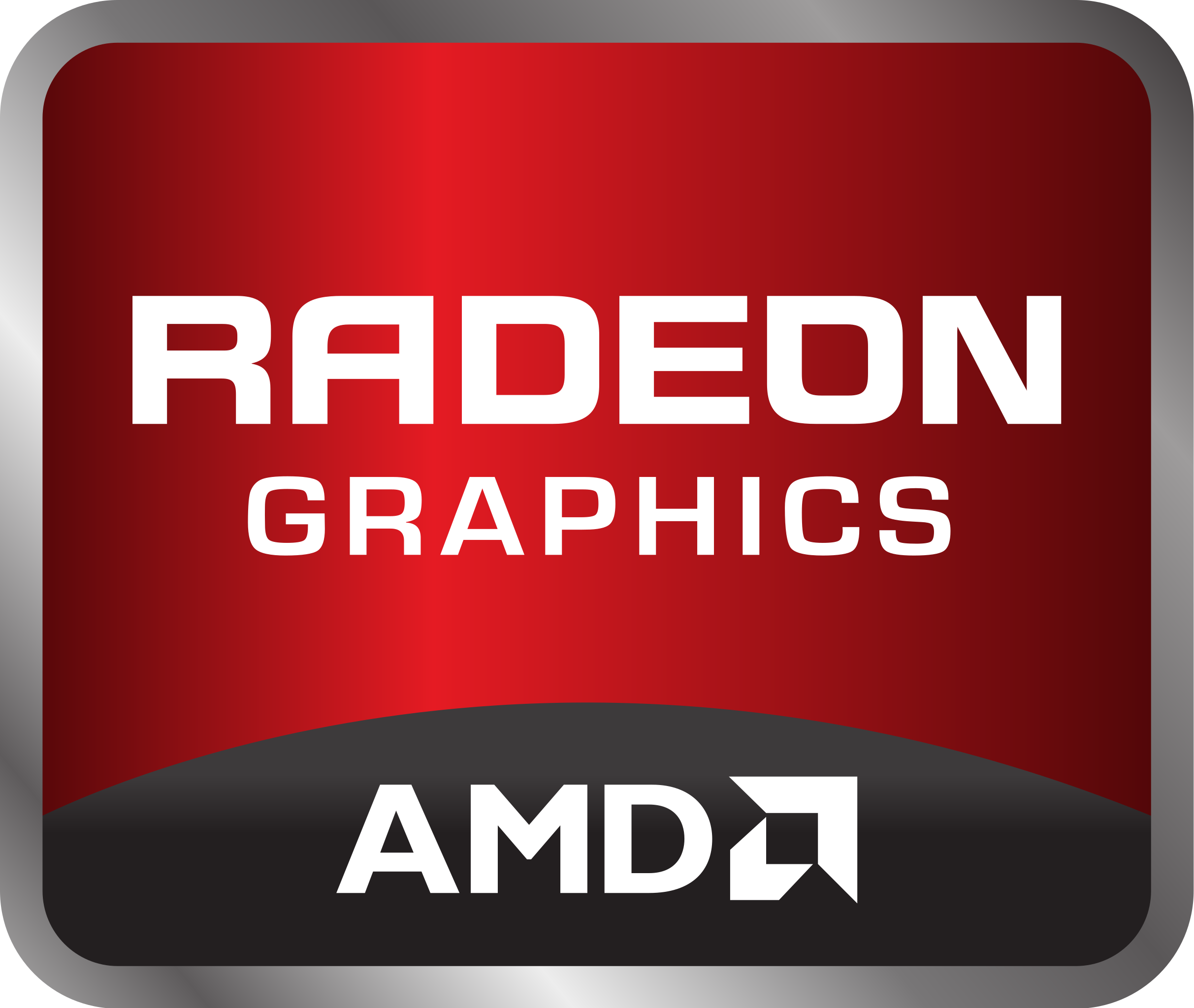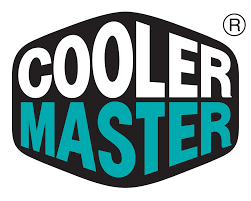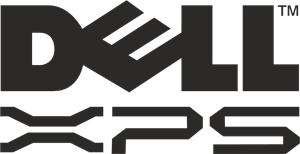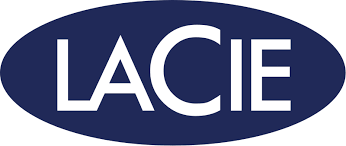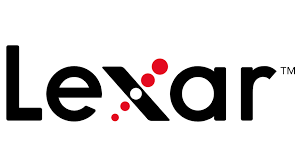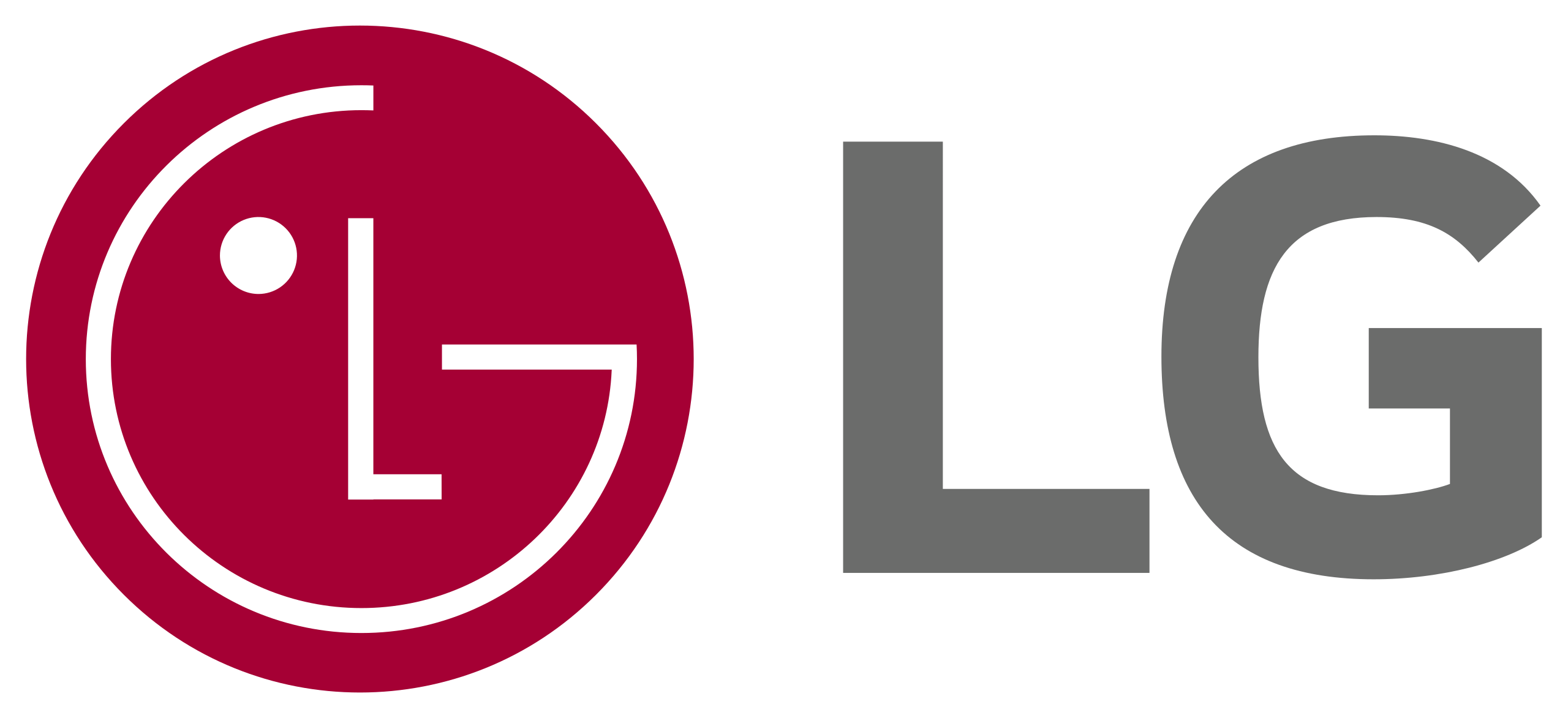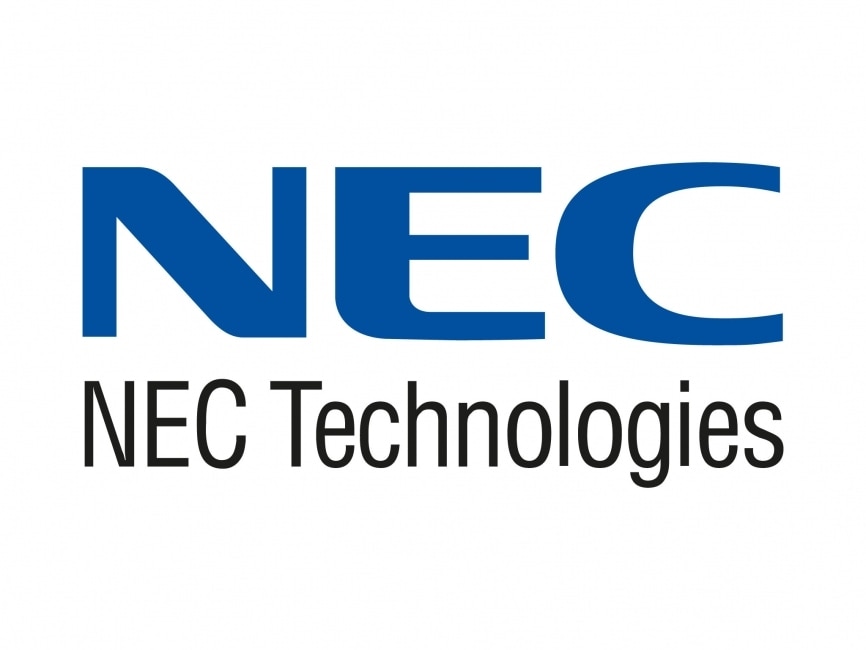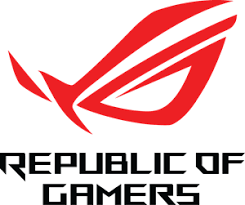Google Is Training Robots To Interact With Humans Through Ping Pong
Artificial intelligence continues to evolve. The industry is estimated to reach a global value of $267 billion by 2027. Within the next eight years, research also suggests that AI will contribute over $15 trillion to the economy worldwide. Businesses are also turning to artificial intelligence, with half of the enterprise owners stating that they will invest more money into machine learning and AI technologies within their business model.
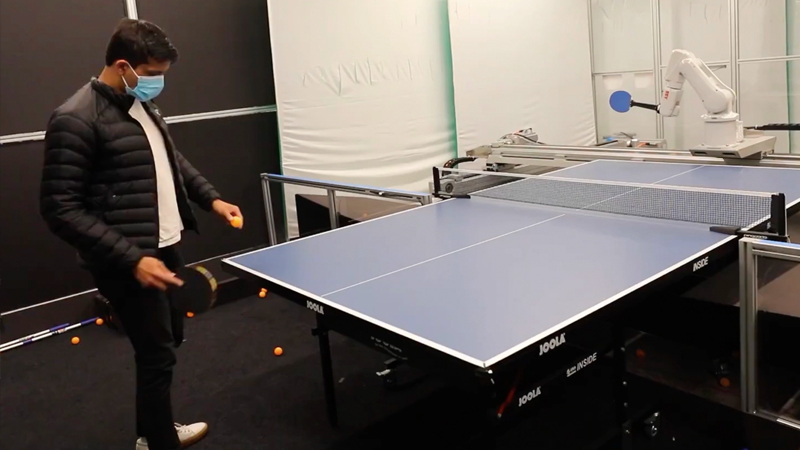
Google Is Training Robots To Interact With Humans Through Ping Pong 1
Google is also actively working on developing artificial intelligence in order to assist with the evolution of the technology. The latest project from Google involves training robots to have the ability to interact with humans – this time, through a game of ping pong. Let’s explore the project and see what Google has been able to achieve thus far.
Google Announces Two New Projects
In October 2022, Google released a post that described two new projects that they were working on. The idea behind these projects is to develop robot agility and promote human interaction improvements. One of these projects involved training robots to have the agility and abilities of an amateur table tennis player. Training the robots to have a more professional level of skills would not create the same level of human interaction.
Google explains two important reasons why they decided to use this particular method. First, the technique required the robots to produce very precise and quick thinking as well as movements. Table tennis also produces a predictable system that the robots can use during training, which facilitates machine learning capabilities.
In addition to providing valuable details on how machine learning can be advanced, this project also allowed the robotics team at Google to explore robot-human interactions.
Both projects that Google is working on will be used on the same robot model. The two programs are called Iterative-Sim2Real and GoalsEye. The first one to be presented is Iterative-Sim2Real, the more basic project among the two. The idea here is to go further than simply teaching a robot the ability to mimic the behaviour of human subjects.
According to the robotics team at Google, a robot policy plays a crucial role in this type of project. This is why human interaction played an important part in the experiment, as a robot policy can only be effectively implemented when AI technology can study the behaviour model of a human subject.
While some projects do focus on training robots in real-world situations, this poses too much of a risk. There are several safety factors that need to be taken into consideration when training a robot in a real-world situation. With a simple structure like a table tennis game, the researchers have a more controlled environment that they can rely on. This reduces the risks that they would have to face when allowing robot-human interactions throughout the study period. It also gave the robots a specific focal point, which made it simpler to collect quality data that the robotics team could work with.
With Iterative-Sim2Real focusing on the human behaviour observation and learning factor, GoalsEye rather has a different goal in mind. This particular module rather focuses on ensuring the robot can aim to serve the ball back to a specific position. For example, the robot could obtain instructions to serve the ball to the back left corner. In this case, the robot would instantly go through a series of calculations to hit the ball at the correct angle, speed, and time to ensure it shoots to the right location.
With GoalsEye, the robot was fed a total of 2,480 demonstrations of how certain shots needed to be performed. This led to a 9% accuracy in its shots, which lacked the results that the robotics team was aiming for. The next step was to allow the robot to practice these shots independently. Following approximately 13,500 shots, the robot improved its accuracy to 43%. This further fed the idea that allowing these artificial intelligence robots to train on their own can help to provide a better evolution to their machine learning capabilities. Of course, this is only a starting point, and Google’s robotics team will continue to work on the project’s accuracy before its presentation.
Conclusion
While ping pong might not sound very impressive for AI robots, it does promote human interaction and serves as a good entry point for further research. Google’s latest project shows that it is possible to train robots to interact with humans on our level and respond based on a series of training sessions. Google is likely to take this project further in the future to further show how human interaction is possible when using trained robots.
References
- https://dataprot.net/statistics/ai-statistics/
- https://connect.comptia.org/blog/artificial-intelligence-statistics-facts
- https://www.popsci.com/technology/google-robot-ping-pong/
Written by The Original PC Doctor on 2/12/2022.
















